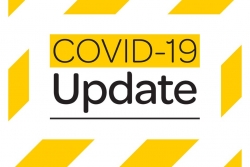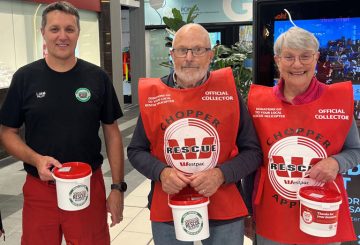뉴질랜드의 Covid-19 신호등 시스템이 종료됐다. 9월 13일부터 의료 및 노인 요양 시설(병원, 약국, 노인 주거 시설 등)을 제외하고는 더 이상 공공 장소에서 마스크를 착용할 필요가 없다.
정부의 백신 의무도 9월 26일에 종료된다.
자신다 아던(Jacinda Ardern) 총리는 변경 사항에도 다음이 포함된다고 확인했다.
- Covid-19 양성 반응을 보인 사람은 여전히 7일 동안 격리해야 하지만, 매일 RAT 검사를 받는 가정 접촉자는 격리할 필요 없음
- 뉴질랜드 입국자에 대한 백신 의무 해제
- 65세 이상의 모든 뉴질랜드 사람들과 50세 이상의 마오리인들은 Covid-19 양성 반응을 보일 경우 Covid-19 항바이러스제에 자동으로 접근 가능
총리는 일부 지역 사람들에게는 여전히 마스크를 착용하도록 요구할 수 있지만 이는 정부가 아닌 각 지역의 재량에 달려 있다고 밝혔다. 백신 접종 요건도 고용주의 재량에 따른다.
또한 총리는 40,000 과정의 Covid-19 항바이러스제를 구매했다고 발표했다. 고령의 뉴질랜드인들은 무료로 접종받을 수 있으며 이 항바이러스제은 초기 감염 단계에서 가장 효과적이다.
더불어 제한사항의 폐지가 장애인과 면역력이 손상된 사람들에게 우려를 불러일으킬 수 있다는 것을 인정했다.
“국민들이 이번 변화에 대해 안심하길 바란다. 실제로 감염 사례는 올해 초보다 10배 이상 낮아졌으며 이제 우리는 보호층을 갖추고 있다.
오늘 결정에 따른 우려의 목소리가 있다는 것을 알고 있다. 만약 우리가 준비되지 않았다면 이러한 결정을 하지 않았을 것을 확언한다.
최신 보건 전문가들의 조언에 따르면 2월 이후 감염 사례와 입원이 가장 적었다. 국민들이 백신 접종을 잘해왔을 뿐 아니라 항바이러스 의약품에 대한 접근성이 확대됨에 따라 뉴질랜드는 다음 단계로 나아가려 한다.”





























































